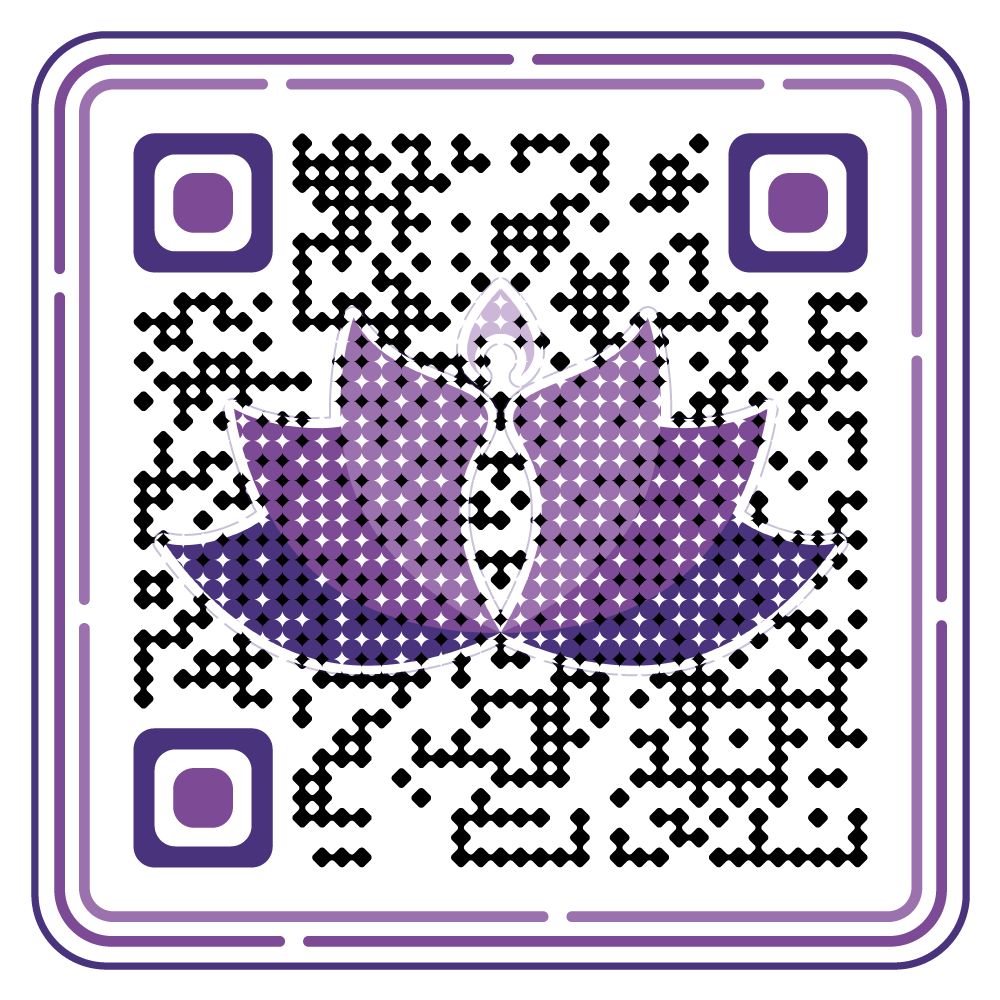STRESS URINARY INCONTINENCE:
Incontinence is the ability to maintain urine storage and voluntary empty when socially acceptable. Stress urinary incontinence is the involuntary loss of urine when the intra vesical pressure in the absence of detrusor activity. Leakage happens on the effort of exertion or on sneezing or coughing. Sir. EARDLY HOLLAND in 1992 introduced the term SUI. The term SUI is defined by the international continence society as “the complain of involuntary leakage of urine on effort or exertion on sneezing”. They are of two types. Urge incontinence is an involuntary leak of urine accompanied by or immediately preceded by urgency. Whereas in SUI there is no desire to pass urine, but dribbles a small quantity of urine on stress.
PATHOPHYSIOLOGY:
1. Anatomical hypermobility of urethra which produce defective urethral closure pressure under stress (80%).
2. Intrinsic sphincter weakness or deficiency (due to trauma, nerve injuries, and prior surgeries) (20%).
RISK FACTORS
1. Child birth trauma.
2. Pregnancy
3. Obesity
4. Trauma
5. Age
6. Chronic increase in Intra-abdominal pressure: chronic cough, constipation and occupational risk.
7. Following surgery: anterior colporraphy, bladder neck surgery.
GRADEING
- GRADE 0: Incontinence without leakage
- GRADE 1: Incontinence with only severe stress, coughing, sneezing and jogging.
- GRADE 2: Incontinence with moderate stress, fast walk, going up and down the stairs.
- GRADE 3: Incontinence with mild stress like standing.
DIAGNOSTIC APPROACH:
The primary goals of evaluation of women presenting with symptoms of SUI are:
- Provide clinical diagnosis of SUI versus overactive bladder symptoms
- Determine factors that may contribute to symptoms or that may require further evaluation
- Assess whether coexisting pelvic floor disorders
- Establish baseline stress urinary incontinence severity to aid in assessing treatment effects
- Determine the impact of the Patients symptoms on her quality of life.
CLINICAL FEATURES:
- Esacpe of urine with chronic coughing, sneezing or laughing.
- Detailed medical history of diabetes mellitus, chronic pulmonary disease, neurological disease
- Surgical history to be ruled out of spine or genitourinary tract.
- Any current medications like sedatives and antipsychotics.
- Pelvic examination should be done with full bladder
- Pelvic examination to rule out pelvic or abdominal masses, pelvic organ prolapse and vaginal atrophy.
- STRESS TEST: is performed when the patient is asked to cough, a few drops of urine are seen escaping from external urethral meatus.
- MID STREAM URINE EXAMINATION: It is done to avoid risk of flaring up the infection during invasive procedures
- Q-TIP TEST: A sterile cotton swab lubricated with 2% xylocaine jelly is introduced to the level of bladder neck through urethra. On coughing if there is marked upward elevation of cotton tip swab of more than 30 degree, then urethra is considered as hypermobile.
- BONNEYS TEST: This is described by LATE VICTOR BONNEY, initially two fingers are placed in the vagina at the urethra-vesical junction, on either side of the urethra and bladder neck region is elevated. On straining or coughing absence of leakage of urine indicates positive test.
- VOIDING DAIRY
BEHAVOURIAL THERAPY:
- Patient education regarding the function of lower urinary tract.
- Fluid and dietary management
- Timed voiding, prompted voiding, or bladder training
- A voiding log or along with a diary
- PFEs or kegles exercises
PELVIC FLOOR MUSCLE TRIANING:
PFMT exercises help the patient strengthen the muscles of pelvic floor. The levator ani muscle group and the surrounding fascia compromise the pelvic floor and provide the supportive mechanism for the pelvic organs.
ELECTICAL STIMULATION:
Pelvic floor electrical stimulation is the external application of electrical current. The mechanism of electrical stimulation is not clear, but the low levels electrical currents might stimulate reinnervation of the pelvic floor or modulate a change in muscle fibers from a ratio of slow to fast twitch muscle fibers.
VAGINAL CONES:
The vaginal cone is a tampon-like device that is inserted into the vagina and kept in place by active muscle contraction of pelvic floor.
OCCLUSIVE DEVICES:
Extra urethral:
1. MiniGuard: This is disposable single use device it is a triangular foam device that is held in the perimeatal area with an adhesive gel.
2. FemAssist: It is a hat shaped silicon device that is placed over the urethral meatus. Before placement an adhesive gel is applied and central dome is squeezed to create a vaccum, the device is then placed over the dome and meatus released to create a suction like seal. This is a reusable device that can be worn for a maximum of 4 hours
3. CapSure: A reusable device which ca lubricant is applied before it is kept in place by suction. It can be reused for upto2 weeks.
Intra urethral: These are single-use devices disposable, thin and flexible enough to insert directly into the urethra to obstruct the flow of urine into proximal urethra.
INTRA VAGINAL SUPPORTIVE DEVICES (PESSARIES):
Vaginal pessaries can be used to treat SUI, especially in patients with mild to moderate anterior vaginal wall prolapse (urethral and bladder neck hypermobility).
PHARMOCOLOGICAL THERAPY:
1. ALPHA ADRENERGIC AGONISTS: The bladder neck and urethra contain an impressive concentration of alpha adrenergic -receptors, with an increased risk of hemorrhagic stroke. It has been withdrawn from the market.
2. IMIPRAMINE: The dosage is 10-25mg twice daily, these are tricyclic antidepressants, useful for facilitating storage of urine because they decrease. Bladder contractility and increase outlet resistance.
3. DULOXETINE: These are (SSRIs) selective serotonin receptors, it suppresses bladder activity through central serotonin receptor mechanism and enhances sphincter activity through serotonergic and alpha-adrenergic mechanisms.
4. BETA – ADRENERGIC ANTAGONISTS: they enhance the effect of norepinephrine on alpha adrenergic receptors on the urethra. Propranolol is most commonly used among beta adrenergic antagonists.
5. BETA – ADRENERGIC AGONISTS Beta 2 adrenergic agonists like clenbuterol is significantly more effective with respect to subjective evaluation of frequency of incontinence
6. HORMONAL THERAPY: Sex steroids can influence continence control through their receptors in the female urinary tract as well as in the areas of brain that are involved with the initiation and control of urination. Estrogen receptors are consistently expressed in the urethra and detrusor muscle.
Dr Pridvi





